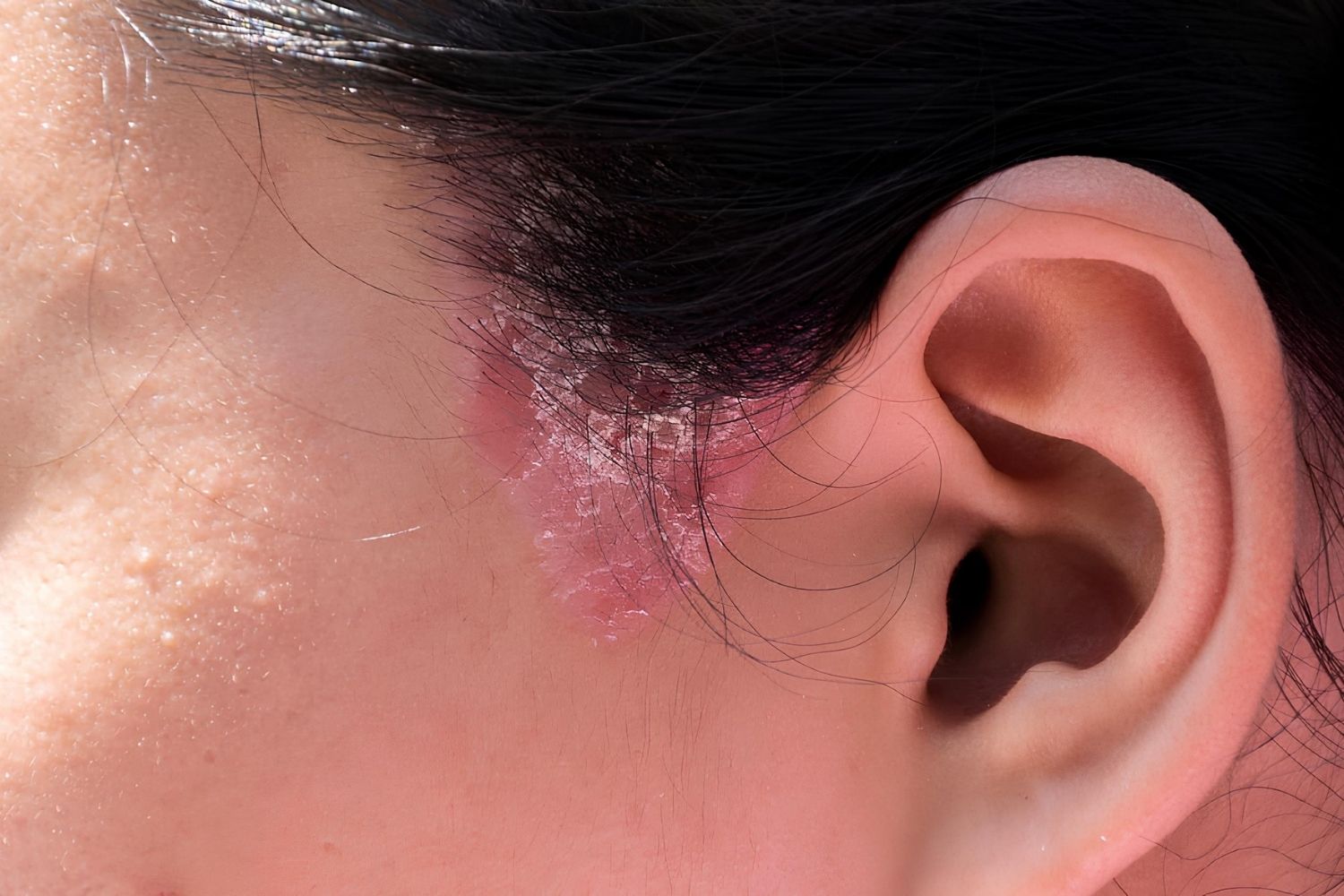
Erysipelas is a bacterial skin infection that can cause red, swollen, and painful areas on the skin. Caused by Streptococcus bacteria, it often affects the face and legs. This infection can spread quickly and might lead to serious complications if not treated promptly. Symptoms include fever, chills, and swollen glands. Treatment usually involves antibiotics, which help to clear the infection and prevent further spread. Prevention includes good hygiene and taking care of any cuts or wounds properly. Understanding erysipelas is crucial for recognizing symptoms early and seeking medical help. Let's dive into 50 facts about this condition to better understand its causes, symptoms, and treatments.
Key Takeaways:
- Erysipelas is a bacterial skin infection that causes redness, swelling, and warmth. It's treatable with antibiotics, and early recognition is crucial for effective treatment.
- Historical treatments for erysipelas included herbal remedies and bloodletting. Improved hygiene and antibiotics have made it less common today.
What is Erysipelas?
Erysipelas is a bacterial skin infection that affects the upper layers of the skin. It is often confused with cellulitis, which affects deeper layers. Here are some fascinating facts about this condition.
- Erysipelas is caused by the bacterium Streptococcus pyogenes.
- The infection typically enters through a break in the skin.
- Symptoms include redness, swelling, and warmth in the affected area.
- It often affects the face and legs.
- The condition can cause fever and chills.
- Erysipelas is more common in infants and older adults.
- People with weakened immune systems are at higher risk.
- The infection can spread rapidly if not treated.
- Antibiotics are the primary treatment for erysipelas.
- Penicillin is often the antibiotic of choice.
Historical Background
Erysipelas has been recognized for centuries. Its distinct symptoms made it identifiable even in ancient times.
- The term "erysipelas" comes from Greek, meaning "red skin."
- Hippocrates described erysipelas in his medical texts.
- In the 19th century, it was a common hospital-acquired infection.
- Before antibiotics, erysipelas had a high mortality rate.
- The introduction of penicillin drastically reduced deaths.
- Historical treatments included herbal remedies and bloodletting.
- Erysipelas was sometimes called "St. Anthony's fire."
- The condition was often confused with other skin diseases.
- Historical records show outbreaks in crowded living conditions.
- Improved hygiene and antibiotics have made erysipelas less common today.
Symptoms and Diagnosis
Recognizing erysipelas early is crucial for effective treatment. Here are some key symptoms and diagnostic methods.
- Affected skin appears bright red and swollen.
- The edges of the infection are raised and well-defined.
- Blisters may form on the affected skin.
- Lymph nodes near the infection may become swollen.
- Blood tests can help confirm the diagnosis.
- Imaging tests are rarely needed but can rule out other conditions.
- A skin biopsy is usually unnecessary.
- Doctors often diagnose erysipelas based on appearance and symptoms.
- Rapid progression of symptoms is a hallmark of erysipelas.
- Misdiagnosis can occur, especially with cellulitis.
Treatment and Prevention
Effective treatment and preventive measures can help manage erysipelas and reduce recurrence.
- Antibiotics should be started as soon as possible.
- Oral antibiotics are usually sufficient for mild cases.
- Severe cases may require intravenous antibiotics.
- Pain relievers can help manage discomfort.
- Elevating the affected limb can reduce swelling.
- Keeping the skin clean and moisturized can prevent recurrence.
- Treating underlying conditions like athlete's foot can reduce risk.
- Compression stockings may help prevent leg infections.
- Regular follow-up with a healthcare provider is important.
- Vaccines are not available for erysipelas.
Complications and Prognosis
While erysipelas is treatable, complications can arise, especially if left untreated.
- Untreated erysipelas can lead to abscess formation.
- The infection can spread to deeper tissues, causing cellulitis.
- Bloodstream infections (sepsis) are a serious risk.
- Chronic swelling (lymphedema) can develop in the affected area.
- Recurrent infections are common in some individuals.
- Early treatment usually results in a good prognosis.
- Most people recover fully with appropriate antibiotics.
- Hospitalization may be required for severe cases.
- Long-term complications are rare but possible.
- Preventive measures can significantly reduce the risk of recurrence.
Final Thoughts on Erysipelas
Erysipelas, a bacterial skin infection, can be serious if not treated promptly. It often starts with a small cut or sore, leading to red, swollen, and painful skin. Caused by Streptococcus bacteria, it can spread quickly. Early symptoms include fever, chills, and swollen lymph nodes. Antibiotics are the primary treatment, and most people recover fully with proper care. However, untreated erysipelas can lead to complications like abscesses or blood infections. Preventing erysipelas involves good hygiene, treating wounds promptly, and managing conditions like diabetes. Knowing the signs and seeking medical help early can make a big difference. Stay informed, take care of your skin, and don't ignore any unusual symptoms. Your health is worth it.
Frequently Asked Questions
Was this page helpful?
Our commitment to delivering trustworthy and engaging content is at the heart of what we do. Each fact on our site is contributed by real users like you, bringing a wealth of diverse insights and information. To ensure the highest standards of accuracy and reliability, our dedicated editors meticulously review each submission. This process guarantees that the facts we share are not only fascinating but also credible. Trust in our commitment to quality and authenticity as you explore and learn with us.
